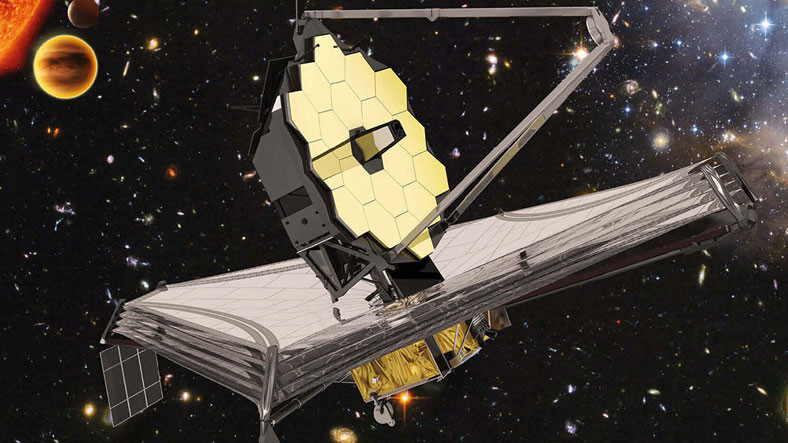After many years of delay, the US National Aeronautics and Space Administration (NASA) has James Webb Space Telescope it was finally launched on December 25. As the telescope slowly began to observe space, the long-awaited announcement came recently.
First color photo taken by NASA’s James Webb Space Telescope July 12 at 00:00 CEST announced that it will be shared. It was also shared that other images captured by the telescope will be published on July 12 at 5:30 PM CET. So, what parts and structures of space will James Webb offer us images of?
James Webb can post color photos of these structures!

The answer to this question was again given by NASA. NASA shared the list of targets James Webb took to make his first observations. Accordingly, all James Webb’s observations will be shared on July 12, can belong to the following structures:
Carina Nebula

The Carina Nebula, located about 7,600 light-years away in the southern constellation of Carina, is one of the largest and brightest nebulae in the sky.
WASP-96 b exoplanet

WASP-96 b is a giant gas planet outside our solar system. The exoplanet is located about 1150 light-years from Earth and orbits its star every 3.4 days. It has about half the mass of Jupiter and its discovery was announced in 2014.
NGC 3132 planetary nebula

NGC 3132, also known as the Southern Ring or “Eight Burst” nebula, is a planetary nebula, an expanding cloud of gas around a dying star. It is located about 2000 light-years from Earth and is about half a light-year in diameter.
Stephen’s Quintet

About 290 million light-years away, the Stephan Quintet is located in the constellation Pegasus. It is notable for being the first compact galaxy group discovered in 1877.
SMACS 0723 zone

SMACS 0723 is a field where large clusters of galaxies move in harmony, giving us the opportunity to see objects from the early Universe.



















